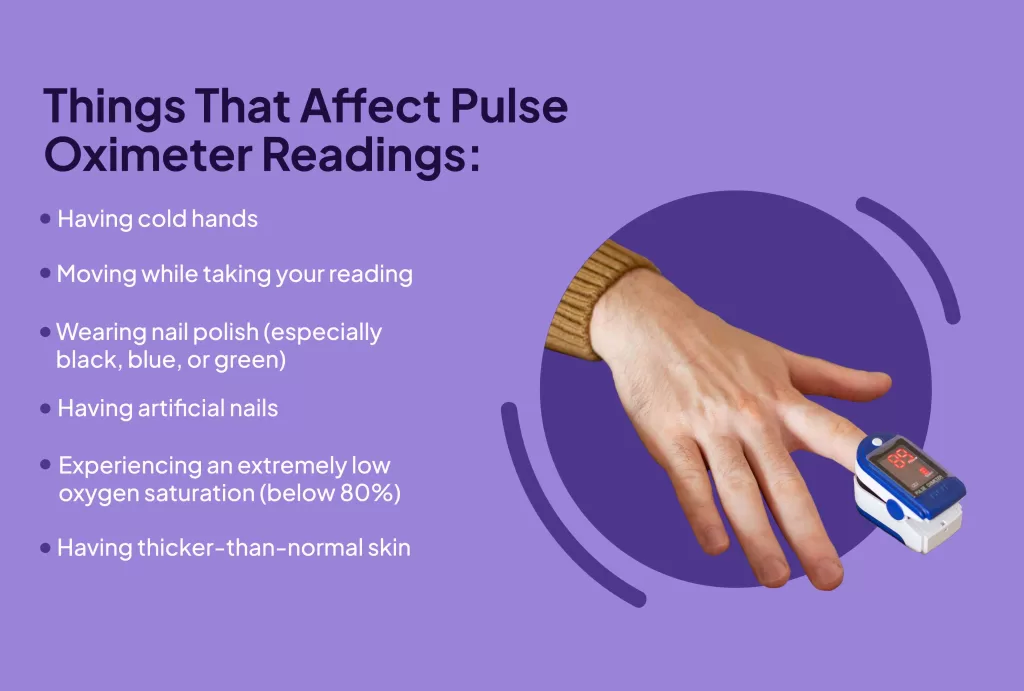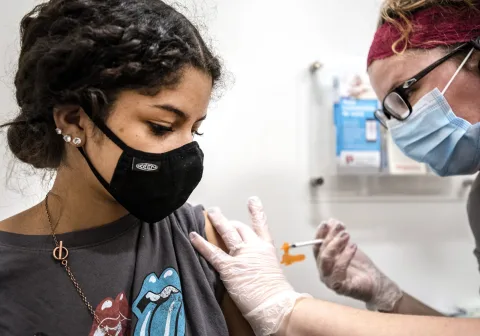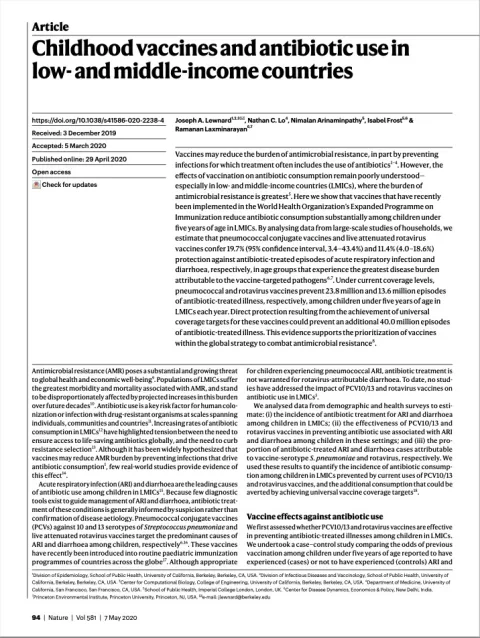Pulse oximeters are vital devices that play a crucial role in monitoring health impacts, particularly in clinical settings and at home. These small gadgets continuously measure oxygen saturation levels, providing essential information that can influence patient treatment and outcomes. However, recent studies have raised concerns regarding the pulse oximeters’ accuracy, particularly among racially diverse populations, which could lead to disparities in care. As notable cases such as the rise of mpox in Pakistan and the emerging threat of human metapneumovirus illustrate, accurate monitoring is paramount in managing respiratory illnesses effectively. Understanding the implications of pulse oximeters and health impacts is more critical now than ever in light of these developments.
Pulse oximetry, a non-invasive method for assessing blood oxygen levels, underscores significant health implications across various medical scenarios. With the increased prevalence of respiratory diseases and the alarming emergence of conditions like chronic wasting disease, accurate diagnostics have never been more essential. Health monitoring devices, including pulse sensors, provide timely insights that can inform treatment decisions in vulnerable populations. As the world grapples with rising cases of viral infections such as human metapneumovirus, the importance of these tools cannot be understated. Furthermore, health initiatives emphasizing preventive measures, such as the pertussis vaccination campaigns, highlight the interconnectedness of monitoring health and managing outbreaks effectively.
The Importance of Pulse Oximeters: Accuracy and Health Impacts
Pulse oximeters have become an essential tool for monitoring blood oxygen levels, particularly during the COVID-19 pandemic. However, recent studies have raised concerns about the accuracy of these devices, especially among individuals with darker skin pigmentation. The FDA has acknowledged this issue and is emphasizing the need for proper testing and labeling to ensure that pulse oximeters deliver reliable readings for all patients. This is crucial as inaccurate readings can lead to delays in treatment, especially for minority groups who are often disproportionately affected by health disparities.
Understanding the implications of pulse oximeters’ accuracy is vital for public health, as overestimations of arterial oxygen saturation can adversely affect clinical decisions. This has significant consequences for conditions like COVID-19, where timely intervention is critical. Enhancements in the technology and their testing protocols, including updates to the FDA’s guidance, are necessary to ensure equitable healthcare access and outcomes. For healthcare providers and patients alike, acknowledging these challenges will be pivotal in improving overall health management and minimizing biases in emergency and routine care.
Mpox Cases in Pakistan: Emerging Trends and Global Health Implications
The recent emergence of clade 1 mpox cases in Pakistan poses a significant global health challenge, highlighting the interconnectedness of our world in terms of disease spread. Reports confirmed that this cluster of cases emerged without direct travel to Africa, which raises questions about transmission routes and public health responses. Given the alarming rise in cases, the European Centre for Disease Prevention and Control reported that the total number of clade 1 mpox-affected countries outside Africa has reached 10. This necessitates vigilant epidemiological surveillance and coordinated efforts to contain the spread.
As countries like Pakistan grapple with the implications of mpox, it is crucial to address public awareness and healthcare readiness. Information dissemination about symptoms, transmission, and vaccination will be essential in controlling further outbreaks. Health authorities must collaborate with international organizations to strengthen the health systems in regions facing mpox risks, ensuring a proactive approach to future outbreaks. The rise of mpox cases outside endemic regions may reflect broader changes in how infectious diseases are managed globally, emphasizing the need for a robust response framework.
The Rise of Human Metapneumovirus: Trends and Health Concerns
The increase in human metapneumovirus (HMPV) cases, particularly in northern China, signifies a potential resurgence of respiratory infections that can severely impact vulnerable populations. While some officials attribute this rise to seasonal peaks, it raises concerns about whether improved diagnostic techniques are revealing more infections than previously recorded. HMPV, identified 25 years ago, is part of a group of viruses that typically cause cold-like symptoms but can lead to severe illnesses, particularly in older adults and young children. The necessity for ongoing monitoring and research into HMPV’s impact remains critical in managing public health.
Experts like Dr. Paul Hunter emphasize the importance of distinguishing between true increases in case number and those stemming from enhanced surveillance methods. As HMPV cases trend higher, especially in the UK, public health officials must be prepared to respond. Strategies may involve increased vaccination efforts and public health messaging aimed at high-risk groups, ensuring they are aware of symptoms and when to seek medical attention. By enhancing disease detection and management protocols, health systems can better protect those most at risk from severe respiratory illnesses.
Pertussis Vaccination: An Urgent Call to Action in California
With the alarming rise in whooping cough cases in California, health officials are urging communities to prioritize pertussis vaccination. The California Department of Public Health reported over 2,000 cases from January to October 2024, highlighting a substantial increase compared to previous years. Pertussis is a highly contagious disease that can have serious ramifications, particularly for infants who are unable to receive their first dose of the DTaP vaccination until they are two months old. Encouraging pregnant women and caregivers to get vaccinated is crucial to protect this vulnerable population.
The increase in pertussis cases reflects a broader national trend, indicating that relaxation of COVID protocols may be exacerbating the spread of respiratory illnesses. Public health experts recommend that pregnant women receive the Tdap vaccine during their third trimester to transfer protective antibodies to their newborns. Implementing awareness campaigns and expanding vaccination efforts could mitigate the risks of severe illness, reinforcing community immunity against this contagious disease. In light of these findings, collaboration among healthcare providers and public health organizations is essential to curb the resurgence of pertussis.
Chronic Wasting Disease: New Cases in Idaho and Louisiana
Chronic wasting disease (CWD) detection in captive elk and deer in Idaho and Louisiana raises significant concerns for wildlife health management. CWD, a fatal prion disease that affects cervids, poses threats not only to wildlife populations but also to hunting economies and ecosystems. The recent cases in Idaho mark a troubling development, as the state’s officials further validate the presence of the disease in previously uninfected zones. Enhanced surveillance and testing protocols are critical for managing the spread of CWD and preventing further outbreaks.
Similarly, Louisiana’s discovery of CWD-positive captive deer underlines the need for stringent biosecurity measures in wildlife management. The implementation of quarantine protocols and regular testing can help to control the movement of potentially infected animals, thereby safeguarding both wildlife and domestic animal health. Enhanced public awareness about CWD, including how hunters can practice safe and responsible hunting, is essential in addressing potential transmission risks. As CWD continues to threaten wildlife populations across North America, integrated management strategies will be vital for protecting these species.
The Intersection of Respiratory Viruses and Vaccination Trends
As respiratory viruses like HMPV and pertussis show increased activity, the interplay of vaccination rates and public health policies becomes critically important. The rise in pertussis cases in California, coupled with elevated HMPV detections, serves as a cautionary reminder of the necessity for maintaining high vaccination coverage across all demographics. Vaccines play a crucial role in preventing severe outcomes associated with these viral infections, especially among vulnerable populations such as infants, the elderly, and individuals with compromised immunity.
A sustained focus on vaccination campaigns can help mitigate the risks associated with rising respiratory infections. Public health strategies must aim to address potential hesitancy and promote education on the benefits of timely vaccinations. Improving access to pertussis and HMPV vaccines can significantly reduce transmission rates and protect communities from outbreaks. Collaborative efforts between healthcare providers, local governments, and public health organizations are essential to ensure that vaccination initiatives are both effective and widespread.
Diversity in Health Technology: The Role of Accuracy in Medical Devices
The accuracy of pulse oximeters stands at the forefront of discussions surrounding health technology and its impact on patient outcomes. The growing evidence of systemic biases in pulse oximetry raises critical questions about healthcare equity and the reliability of medical devices across diverse populations. Ongoing refinement in the technology and regulatory standards is necessary to bridge the gap and ensure that advancements benefit everyone, irrespective of their skin color or ethnic background.
Addressing these disparities in medical device accuracy is imperative not only for improving individual patient health outcomes but also for fostering trust in healthcare systems. Continuous education for healthcare professionals on the limitations and potential inaccuracies of devices like pulse oximeters can lead to better informed clinical practices. Investing in research and development to create more inclusive and precise health technologies can significantly contribute to reducing health disparities in the long term.
Controlling Infectious Disease: Global Strategies and Local Actions
The emergence of infectious diseases, such as clade 1 mpox and the resurgence of HMPV, necessitates a unified global response to control outbreaks effectively. Countries must prioritize robust surveillance systems that enable rapid identification and containment of new cases to prevent widespread incidence. Collaborative efforts between nations, especially those experiencing increased mpox cases, can lead to shared insights and strategies that enhance overall public health resilience.
In addition to global responses, localized actions, including public health campaigns, vaccination drives, and community engagement, are vital in managing outbreaks. Encouraging citizens to remain vigilant about respiratory infections and participate in vaccination programs can significantly reduce the transmission of diseases. Developing culturally sensitive communication strategies can bolster public participation and compliance, ensuring that communities work together towards healthier outcomes.
Longitudinal Studies: Understanding Disease Patterns and Prevention
Longitudinal studies are essential for understanding the trends and patterns associated with infectious diseases such as CWD, mpox, and HMPV. By tracking the incidence of these diseases over time, researchers can gather valuable data that informs public health interventions and vaccine development. These insights not only enhance disease tracking methods but also help identify at-risk populations who may require focused preventative strategies.
The outcomes of longitudinal studies can shape policy decisions regarding resource allocation, healthcare budgeting, and the prioritization of vaccination campaigns. Health authorities nationwide are leveraging findings from these studies to develop evidence-based approaches to combating resurgent diseases. As we navigate the complexities of infectious disease management, embracing a research-driven methodology will be essential in developing effective prevention strategies that safeguard public health.
Frequently Asked Questions
How accurate are pulse oximeters for monitoring health impacts related to COVID-19?
Pulse oximeters are essential for monitoring blood oxygen levels, especially for COVID-19 patients. However, their accuracy can be affected by factors such as skin pigmentation, leading to potential overestimations of oxygen saturation, particularly in Black and Hispanic individuals. The FDA has acknowledged these disparities and provides guidance for clinicians to enhance accuracy in assessments.
What are the health impacts of inaccurate pulse oximeter readings?
Inaccurate pulse oximeter readings can lead to insufficient treatment for patients, particularly those belonging to minority groups who may be misdiagnosed with adequate oxygen levels. This can worsen health outcomes and disparities, especially among vulnerable populations, highlighting the importance of accurate monitoring and assessment tools.
Can pulse oximeters detect early signs of diseases like human metapneumovirus?
While pulse oximeters are primarily used to measure oxygen saturation, they can help detect respiratory distress associated with conditions like human metapneumovirus (HMPV). A drop in oxygen saturation may indicate severe illness caused by respiratory infections, prompting further medical evaluation.
Is there a connection between recent mpox cases and the use of pulse oximeters in patient care?
Although pulse oximeters are not directly related to mpox, they play a role in monitoring patients’ respiratory health. As mpox cases rise, ensuring that pulse oximeters provide accurate readings is crucial for assessing the respiratory symptoms that may arise due to infections.
What precautions should be taken when using pulse oximeters for patients with chronic health conditions?
Patients with chronic health conditions, particularly those affecting lung function, should use pulse oximeters judiciously. Healthcare providers should be aware of the potential inaccuracies due to skin pigmentation and other factors, making it essential to correlate readings with clinical assessments for optimal patient management.
How can I improve the accuracy of my pulse oximeter readings?
To improve pulse oximeter accuracy, ensure proper placement on the finger, maintain warm extremities, and avoid nail polish that can interfere with readings. Additionally, being aware of the device’s limitations, especially related to skin pigmentation, can enhance safe monitoring practices.
| Key Point | Details |
|---|---|
| Pulse Oximeter Testing | FDA’s new draft guidance addresses accuracy concerns affecting various demographics, particularly racial minorities. |
| Cases of Clade 1 Mpox | Pakistan and Oman report mpox cases linked to travel outside Africa, raising concerns about transmission. |
| Human Metapneumovirus Surge | Increased HMPV cases reported in northern China and slight rise noted in the UK, although official sources caution lack of definitive data. |
| Rise in Pertussis Cases | California sees a spike in whooping cough cases, especially among vulnerable populations, urging vaccination. |
| Chronic Wasting Disease in Captive Elk and Deer | Confirmed CWD cases in Idaho and Louisiana highlight ongoing monitoring and containment efforts in wildlife. |
| Overall Summary |
Summary
Pulse oximeters and health impacts are critical topics in public health, especially considering the recent FDA guidance aimed at addressing disparities in pulse oximetry accuracy. The findings demonstrate a pressing need for healthcare providers to be vigilant about the tools used in patient care, particularly among racial and ethnic minorities. Meanwhile, global health surveillance continues to adapt as new infectious disease trends emerge, signaling the importance of preventative measures like vaccination and monitoring in the face of evolving diseases such as mpox, HMPV, and CWD. Staying informed and prepared can significantly influence health outcomes and ensure equitable healthcare access.
The content provided on this blog (e.g., symptom descriptions, health tips, or general advice) is for informational purposes only and is not a substitute for professional medical advice, diagnosis, or treatment. Always seek the guidance of your physician or other qualified healthcare provider with any questions you may have regarding a medical condition. Never disregard professional medical advice or delay seeking it because of something you have read on this website. If you believe you may have a medical emergency, call your doctor or emergency services immediately. Reliance on any information provided by this blog is solely at your own risk.







